当前位置:网站首页>ROS learning (22) TF transformation
ROS learning (22) TF transformation
2022-07-07 01:47:00 【Ice cream with code】
List of articles
Preface
There are a large number of component elements in the robot's local and robot's working environment , The position and posture of different components will be involved in the design and application of robots , This requires the introduction of the concept of coordinate system and coordinate transformation .
Coordinate transformation is a basic function commonly used in robot systems ,ROS The coordinate transformation system in is composed of TF Function pack maintenance .
One 、TF Function pack
TF It is a function package that allows users to track multiple coordinate systems over time , Use a tree data structure , Buffer and maintain coordinate transformation relations among multiple coordinate systems according to time , Help developers at any time 、 Complete points between coordinate systems 、 Transformation of coordinates such as vectors .
TF Can operate in a distributed system , All coordinate transformation relations in a robot system , All node components are available , All subscriptions TF The node of the message will buffer a transformation relationship data of all coordinate systems , So this structure does not need a central server to store any data .
Want to use TF Function pack , In general, it takes two steps :
- monitor TF Transformation
Receive and cache all coordinate transformation data published in the system , And query the required coordinate transformation relationship . - radio broadcast TF Transformation
Broadcast the coordinate transformation relationship between coordinate systems in the system . There may be many different parts of the system TF Change broadcast , Each broadcast can directly insert the coordinate system transformation relationship TF In the tree , No more synchronization is needed .
Two 、TF Tools
The coordinate system involves the transformation between multiple spaces , Not easy to abstract , therefore TF It provides rich terminal tools to help developers debug and create TF Transformation .
1、tf_monitor
1) For printing TF Release status of all coordinate systems in the tree
rosrun tf tf_monitor
2) View the publishing status between the specified coordinate systems
rosrun tf tf_monitor <source_frame> <target_frame>
2、tf_echo
Used to view the transformation relationship between specified coordinate systems
rosrun tf tf_echo <source_frame> <target_frame>
3、static_transform_publisher
Used to publish static coordinate transformations between two coordinate systems , The relative position of these two coordinate systems does not change . The tool needs to set the offset parameters and rotation parameters of coordinates , The frequency of release is ms In units of .
There are two formats for commands , as follows :
1) The rotation parameter uses yaw/pitch/roll angle
rosrun tf static_transform_publisher x y x yaw pitch roll frame_id child_frame_id period_in_ms
2) The rotation parameter uses quaternions
rosrun tf static_transform_publisher x y x qx qy qw frame_id child_frame_id period_in_ms
This command can also be used in launch Use... In the document , as follows :
<launch>
<node pkg="tf" type="static_transform_publisher" name="link_broadcaster" args="1 0 0 0 0 0 1 link_parent link 100" />
<launch>
4、view_frames
view_frames It is a visual debugging tool , Can generate pdf file , Show TF Tree information . The order is as follows :
rosrun tf view_frames
see pdf file , You can use the following command :
evince frames.pdf
3、 ... and 、 Turtle routine TF
Mainly used to understand TF The role of , And be familiar with the above TF Tool use , Feature Pack name is turtle_tf, The function pack installation commands are as follows :
sudo apt-get install ros-kinetic-turtle-tf
function turtle_tf Function pack , The order is as follows :
roslaunch turtle_tf turtle_tf_demo.launch
Open the keyboard control node , The order is as follows :
rosrun turtlesim turtle_teleop_key
The effect is as follows :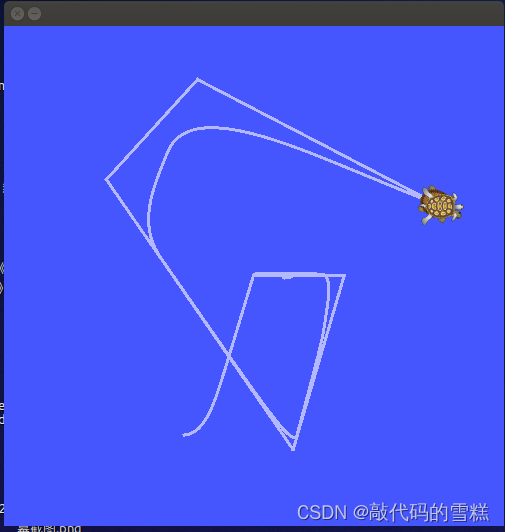
You can find , There are two turtles , Use the keyboard direction keys to control a turtle to move , You will find another turtle will follow the movement .
Its TF The trees are as follows :
As shown above , There are three coordinate systems in the current system , Time coordinate system world、 Tortoise coordinate system turtle1 And tortoise coordinate system turtle2.
The world coordinate system is the basic coordinate system of the system , Other coordinate systems are established relative to this coordinate system , therefore world yes TF Root node of tree , The origin of the two tortoise coordinate systems is the coordinate position of the tortoise in the world coordinate system .
You can use the following command , Check the transformation relationship between the two tortoise coordinate systems :
rosrun tf tf_monitor turtle1 turtle2
The effect is as follows :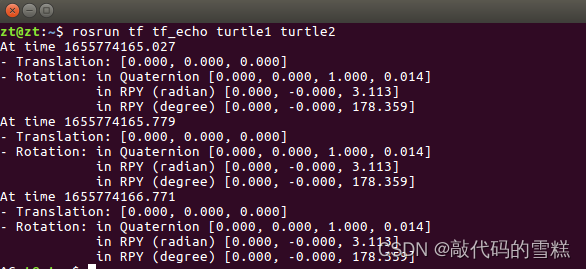
Four 、 Tortoise follows the routine code
Now let turtle2 Follow turtle1 motion , Equivalent to turtle2 The coordinate system is oriented to turtle1 Coordinate system movement , First new learning_tf Function pack .
1、 establish TF Broadcaster
Create a node , It is mainly used to publish the relationship between tortoise coordinate system and world coordinate system TF Transformation ,turtle_tf_broadcaster.cpp The contents are as follows :
#include <ros/ros.h>
#include <tf/transform_broadcaster.h>
#include <turtlesim/Pose.h>
std::string turtle_name;
void poseCallback(const turtlesim::PoseConstPtr& msg)
{
// tf Broadcaster
static tf::TransformBroadcaster br;
// According to the turtle's current posture , Sets the coordinate transformation relative to the world coordinate system
tf::Transform transform;
// Set translation transform
transform.setOrigin( tf::Vector3(msg->x, msg->y, 0.0) );
tf::Quaternion q;
q.setRPY(0, 0, msg->theta);
// Set rotation transform
transform.setRotation(q);
// Insert coordinate transformation TF Tree and publish coordinate transformation
br.sendTransform(tf::StampedTransform(transform, ros::Time::now(), "world", turtle_name));
}
int main(int argc, char** argv)
{
// Initialize node
ros::init(argc, argv, "my_tf_broadcaster");
if (argc != 2)
{
ROS_ERROR("need turtle name as argument");
return -1;
};
turtle_name = argv[1];
// Subscribe to turtle's pose Information
ros::NodeHandle node;
ros::Subscriber sub = node.subscribe(turtle_name+"/pose", 10, &poseCallback);
ros::spin();
return 0;
};
2、 establish TF Monitor
Create a node , Mainly used for monitoring TF news , Get from turtle2 be relative to turtle1 Transformation of coordinate system , To control turtle2 The movement of the .turtle_tf_listener.cpp The contents are as follows :
#include <ros/ros.h>
#include <tf/transform_listener.h>
#include <geometry_msgs/Twist.h>
#include <turtlesim/Spawn.h>
int main(int argc, char** argv)
{
// Initialize node
ros::init(argc, argv, "my_tf_listener");
ros::NodeHandle node;
// Call through service , Produce a second turtle turtle2
ros::service::waitForService("spawn");
ros::ServiceClient add_turtle =
node.serviceClient<turtlesim::Spawn>("spawn");
turtlesim::Spawn srv;
add_turtle.call(srv);
// Definition turtle2 Speed control publisher
ros::Publisher turtle_vel =
node.advertise<geometry_msgs::Twist>("turtle2/cmd_vel", 10);
// tf Monitor
tf::TransformListener listener;
// The listener will automatically receive TF Tree messages , And cache 10 second
ros::Rate rate(10.0);
while (node.ok())
{
tf::StampedTransform transform;
try
{
// lookup turtle2 And turtle1 Coordinate transformation of
listener.waitForTransform("/turtle2", "/turtle1", ros::Time(0), ros::Duration(3.0));
listener.lookupTransform("/turtle2", "/turtle1", ros::Time(0), transform);
}
catch (tf::TransformException &ex)
{
ROS_ERROR("%s",ex.what());
ros::Duration(1.0).sleep();
continue;
}
// according to turtle1 and turtle2 Coordinate transformation between , Calculation turtle2 The linear velocity and angular velocity of motion are required
// And issue speed control instructions , send turtle2 towards turtle1 Move
geometry_msgs::Twist vel_msg;
vel_msg.angular.z = 4.0 * atan2(transform.getOrigin().y(),
transform.getOrigin().x());
vel_msg.linear.x = 0.5 * sqrt(pow(transform.getOrigin().x(), 2) +
pow(transform.getOrigin().y(), 2));
turtle_vel.publish(vel_msg);
rate.sleep();
}
return 0;
};
3、 Realize tortoise following movement
To write start_demo_with_listener.launch file , The contents are as follows :
<launch>
<!-- Turtle simulator -->
<node pkg="turtlesim" type="turtlesim_node" name="sim"/>
<!-- Keyboard control -->
<node pkg="turtlesim" type="turtle_teleop_key" name="teleop" output="screen"/>
<!-- Two turtles tf radio broadcast -->
<node pkg="learning_tf" type="turtle_tf_broadcaster"
args="/turtle1" name="turtle1_tf_broadcaster" />
<node pkg="learning_tf" type="turtle_tf_broadcaster"
args="/turtle2" name="turtle2_tf_broadcaster" />
<!-- monitor tf radio broadcast , And control turtle2 Move -->
<node pkg="learning_tf" type="turtle_tf_listener"
name="listener" />
</launch>
Run the following command :
roslaunch learning_tf start_demo_with_listener.launch
The effect is as follows :
Open the keyboard control node , The order is as follows :
rosrun turtlesim turtle_teleop_key
Follow the effect as follows :
边栏推荐
猜你喜欢

Mongodb checks whether the table is imported successfully
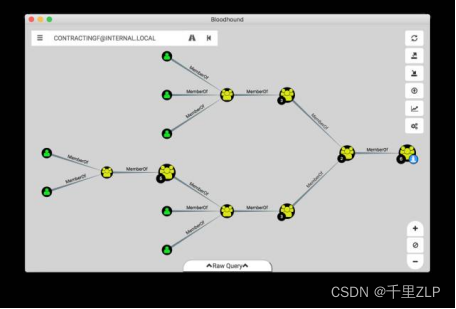
域分析工具BloodHound的使用说明

Appium automation test foundation uiautomatorviewer positioning tool

Set WordPress pseudo static connection (no pagoda)

蓝桥杯2022年第十三届省赛真题-积木画
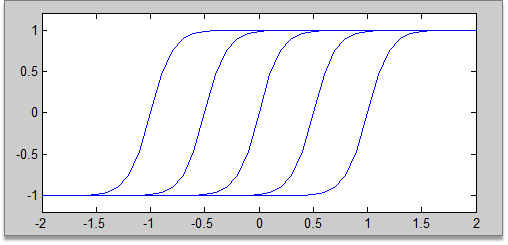
Let's see how to realize BP neural network in Matlab toolbox
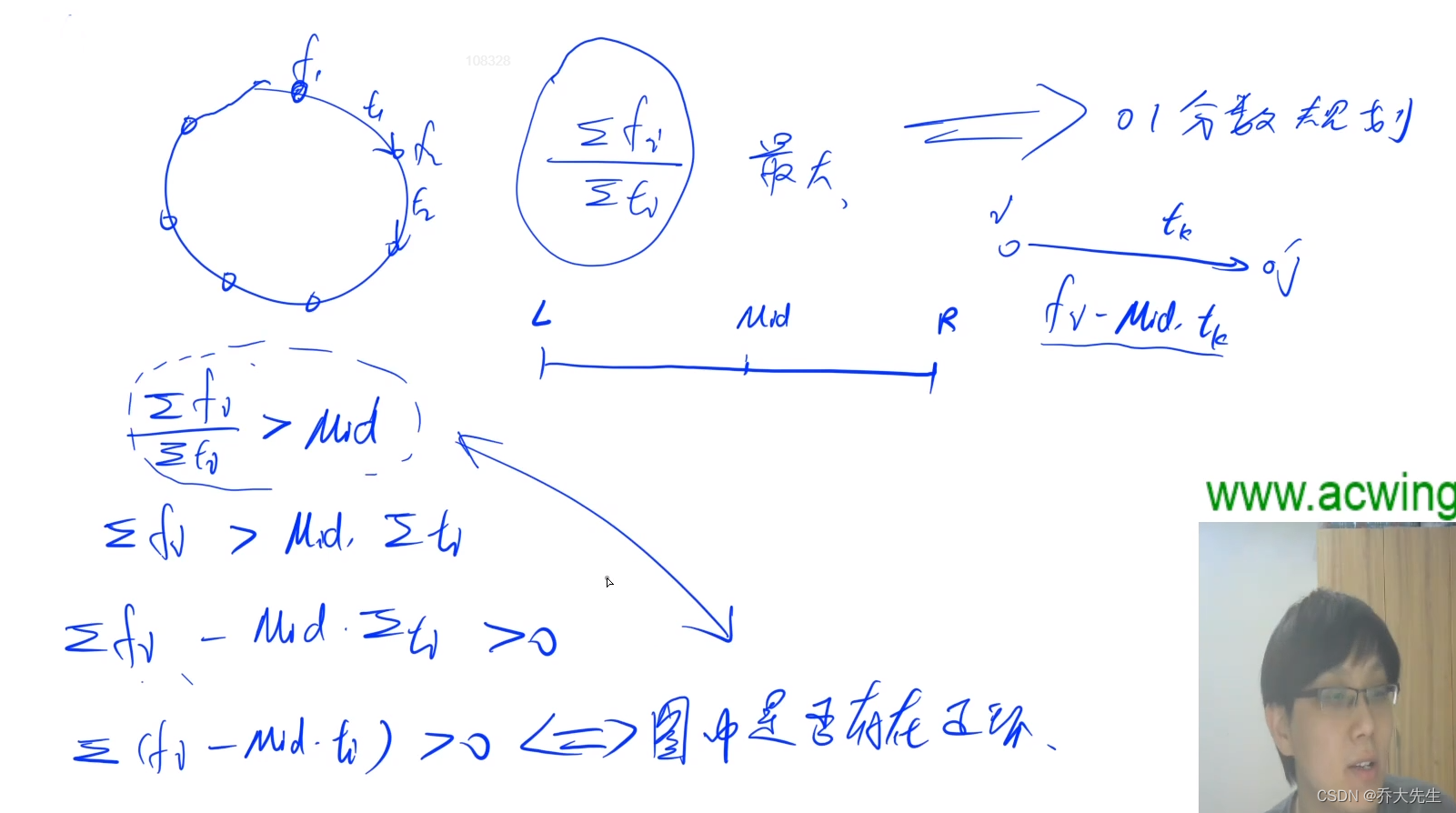
AcWing 361. Sightseeing cow problem solution (SPFA seeking positive ring)
![[advanced C language] 8 written questions of pointer](/img/d4/c9bb2c8c9fd8f54a36e463e3eb2fe0.png)
[advanced C language] 8 written questions of pointer

一起看看matlab工具箱内部是如何实现BP神经网络的

Modify the system time of Px4 flight control
随机推荐
dvajs的基础介绍及使用
Let's see how to realize BP neural network in Matlab toolbox
字符串的相关编程题
curl 命令
String to date object
Yunna | work order management measures, how to carry out work order management
长按按钮执行函数
AcWing 346. 走廊泼水节 题解(推公式、最小生成树)
ROS学习(24)plugin插件
刨析《C语言》【进阶】付费知识【一】
公钥\私人 ssh避password登陆
WCF基金会
C language instance_ two
场景实践:基于函数计算快速搭建Wordpress博客系统
AcWing 345. 牛站 题解(floyd的性质、倍增)
When grep looks for a process, it ignores the grep process itself
C language [23] classic interview questions [Part 2]
AcWing 344. Solution to the problem of sightseeing tour (Floyd finding the minimum ring of undirected graph)
Public key \ private SSH avoid password login
DS-5/RVDS4.0变量初始化错误